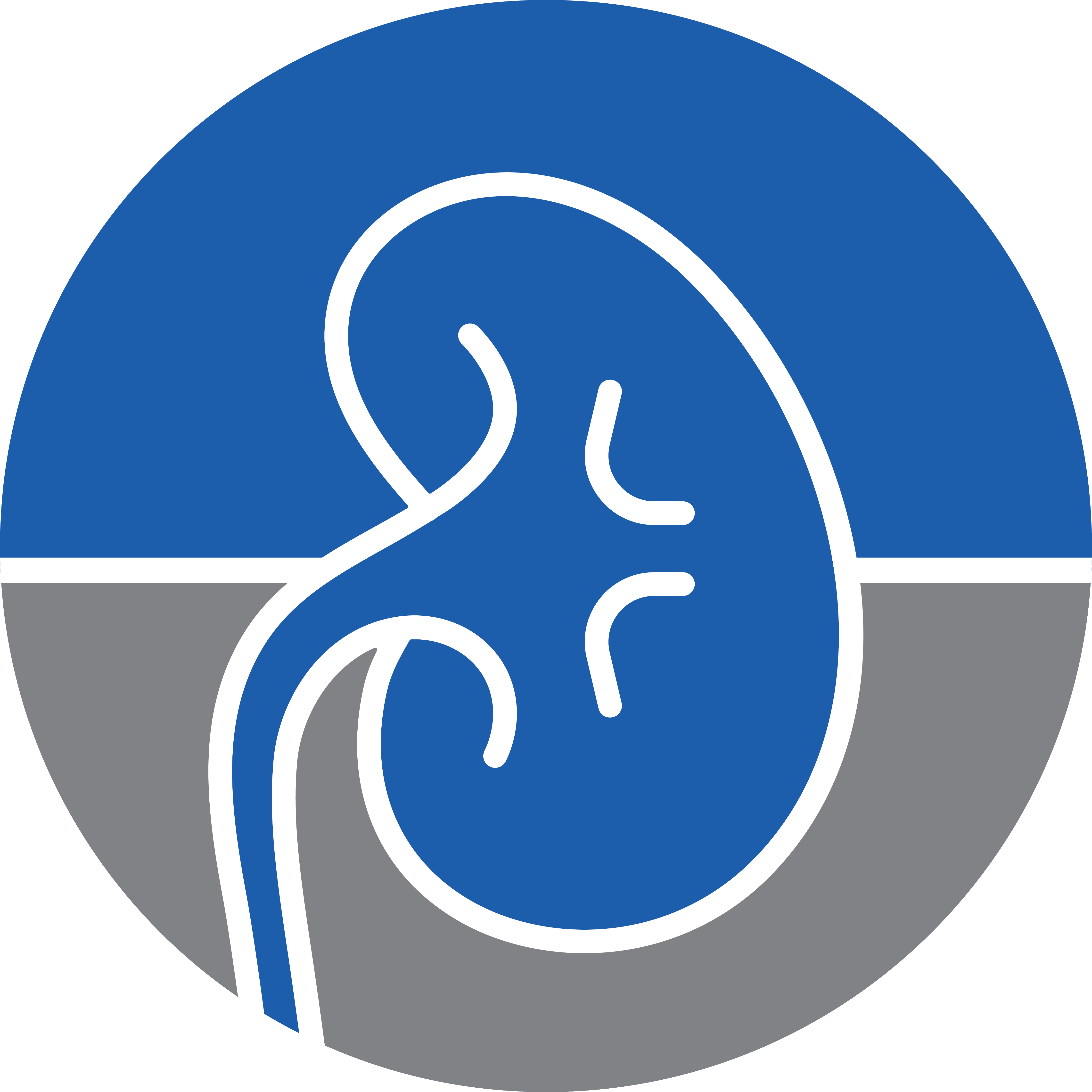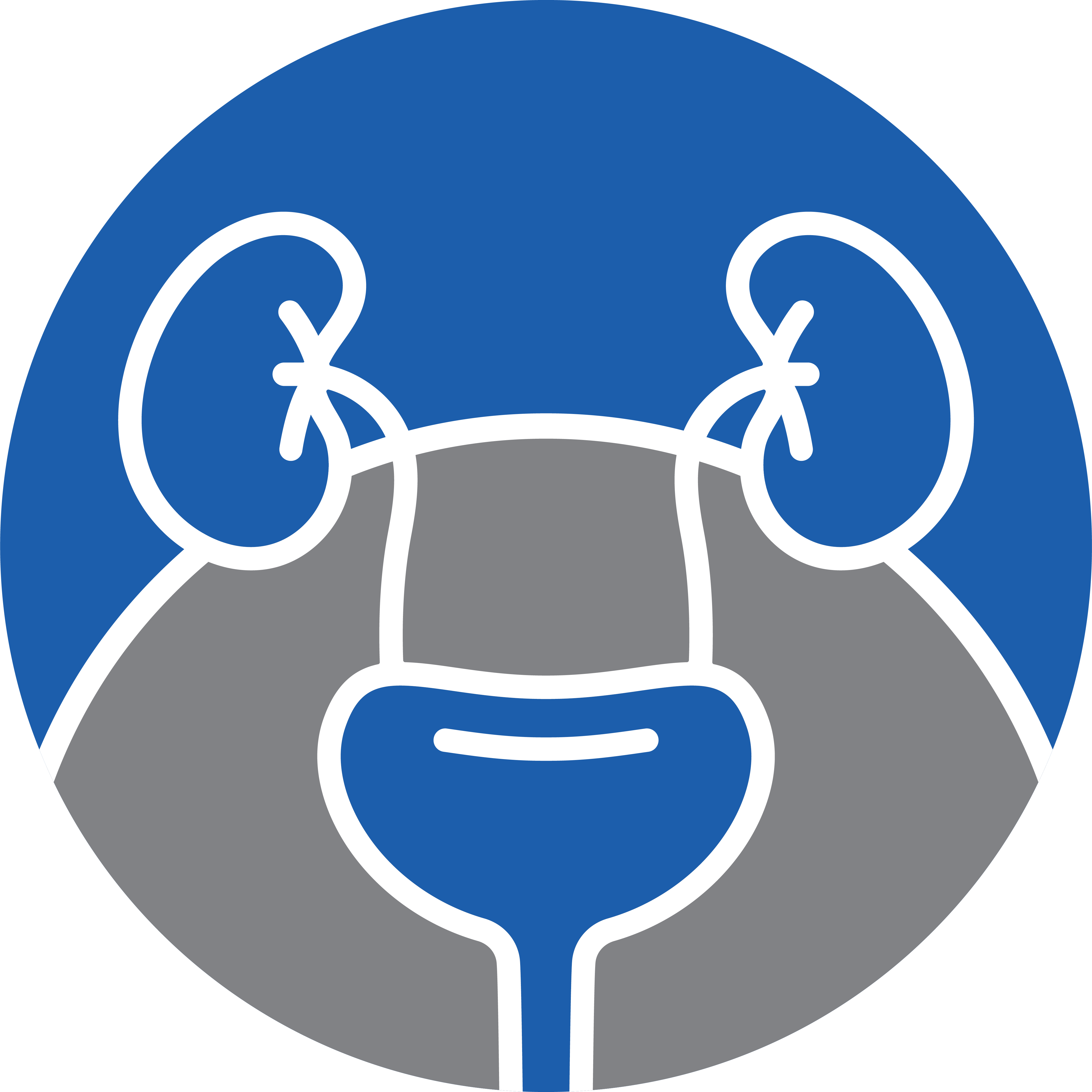In the early stages of stomach cancer, many patients experience few or no symptoms at all. Because of this, stomach cancer is difficult to detect, and doctors often diagnose the disease at more advanced stages. By that point, it’s more challenging to treat.
Johns Hopkins gastroenterologist, Saowanee Ngamruengphong, M.D., explains how doctors look at the stomach lining without performing surgery. The endoscopic procedure helps screen high-risk patients and diagnose this disease earlier.
A thorough and accurate cancer diagnosis is the first step in developing a stomach cancer treatment plan. A team of stomach cancer experts will use a variety of tools and tests designed for diagnosing stomach cancer, evaluating the disease and developing your individualized treatment plan. Throughout your treatment, laboratory tests will be conducted, and imaging tools will be used to monitor your response to treatment and modify your plan when needed.
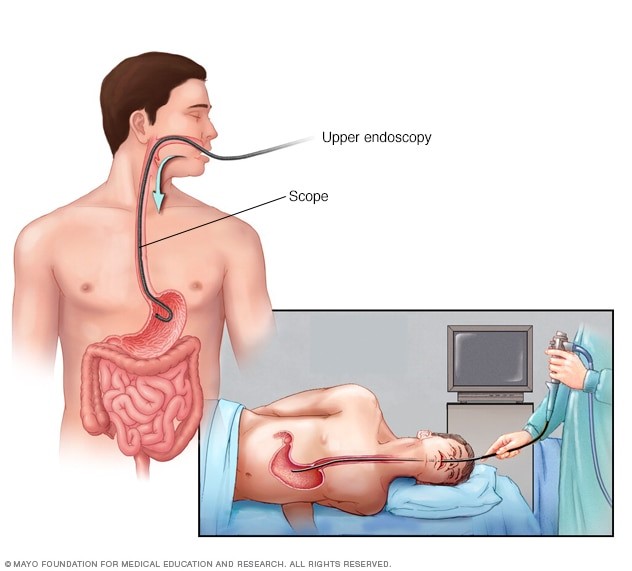
Esophagogastroduodenoscopy (EGD), also known as upper endoscopy, is the gold standard test for diagnosing stomach cancer today. During an upper endoscopy procedure, you receive general sedation, so you’ll be asleep during the procedure and feel no pain. The doctor then inserts an endoscope, a thin, lighted tube (with a camera attached to the end) into the mouth, through the esophagus and to the stomach. As the scope moves, the doctor looks closely at the lining of the esophagus and stomach, carefully inspecting any suspicious areas that may be abnormal. They obtain biopsies of abnormal tissue through the endoscope. The tissue is then analyzed in the laboratory to look for signs of cancer. An EGD procedure takes approximately 15 minutes.
When seen through an endoscope, stomach cancer can look like an ulcer, a mushroom-shaped or protruding mass, or diffuse, flat, thickened areas of mucosa known as
linitis plastica. Unfortunately, the stomach cancers in hereditary “diffuse gastric cancer syndrome” often cannot be seen during endoscopy.
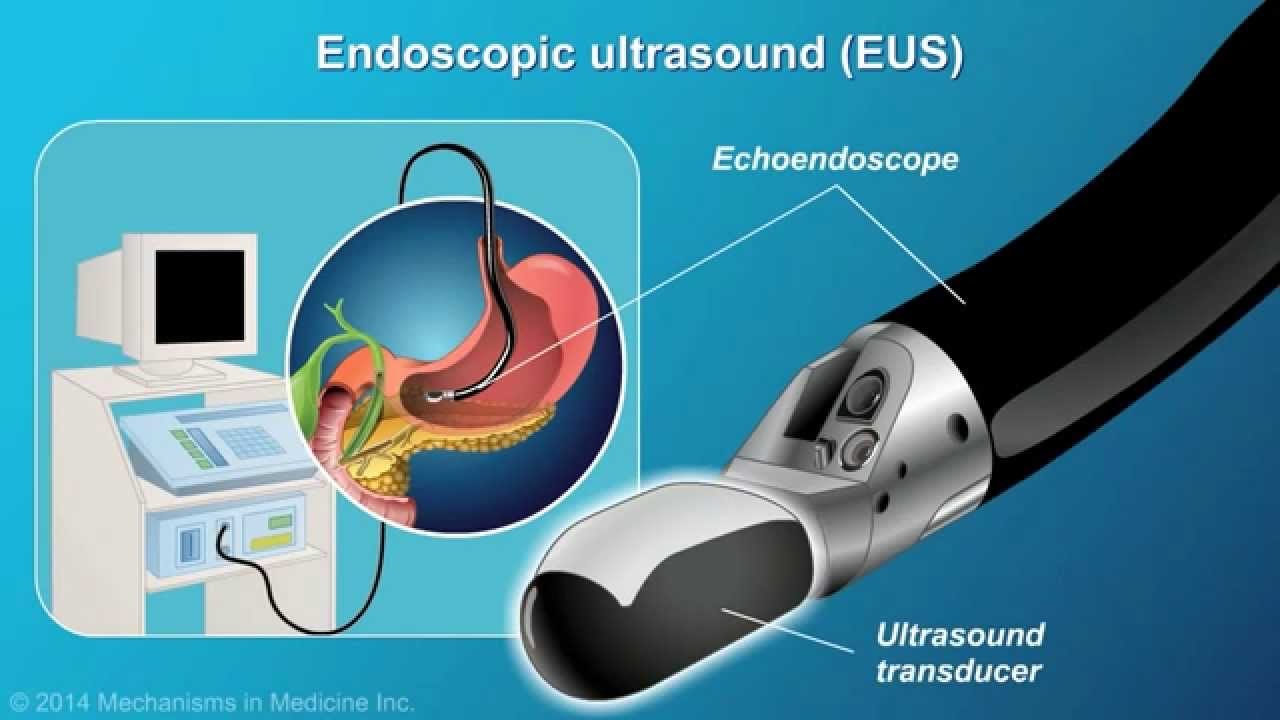
Endoscopy can also be used as part of a special imaging test known as endoscopic ultrasound. In endoscopic ultrasound (EUS), a small transducer is placed on the tip of an endoscope. While you’re sedated, the endoscope is passed down the throat and into the stomach. This lets the transducer rest directly on the wall of the stomach where the cancer is. Doctors can look at the layers of the stomach wall, as well as the nearby lymph nodes and other structures just outside the stomach. The picture quality is better than a standard ultrasound because of the shorter distance the sound waves have to travel.
EUS is most useful in seeing how far a cancer may have spread into the wall of the stomach, to nearby tissues, and to nearby lymph nodes. It can also be used to help guide a needle into a suspicious area to get a tissue sample.
Your doctor may suspect cancer if an abnormal-looking area is seen on endoscopy or an imaging test, but the only way to tell for sure if it is really cancer is by doing a biopsy. During a biopsy, the doctor removes a sample of the abnormal area.
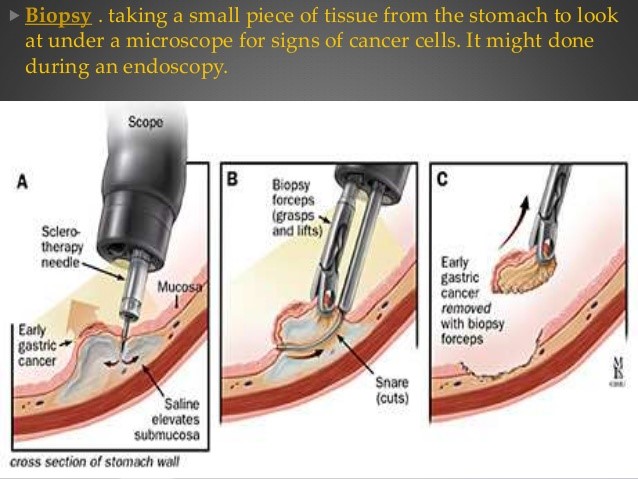
Biopsies to check for stomach cancer are most often obtained during upper endoscopy. If the doctor sees any abnormal areas in the stomach lining during the endoscopy, instruments can be passed down the endoscope to biopsy them.
Some stomach cancers are deep within the stomach wall, which can make them hard to biopsy with standard endoscopy. If the doctor suspects cancer might be deeper in the stomach wall, endoscopic ultrasound can be used to guide a thin, hollow needle into the wall of the stomach to get a biopsy sample. Biopsies may also be taken from areas of possible cancer spread, such as nearby lymph nodes or suspicious areas in other parts of the body.
Doctors with extensive experience using this screening tool can easily spot the subtleties of very early stomach cancer. With the help of recent endoscopic technology advances such as high-quality images and dyes, doctors can detect cancer at even earlier stages. The combination of experienced doctors and sophisticated technology advancements means people can get diagnosed and treated earlier. The earlier the cancer is treated, the higher the chance of a successful result.
References:

